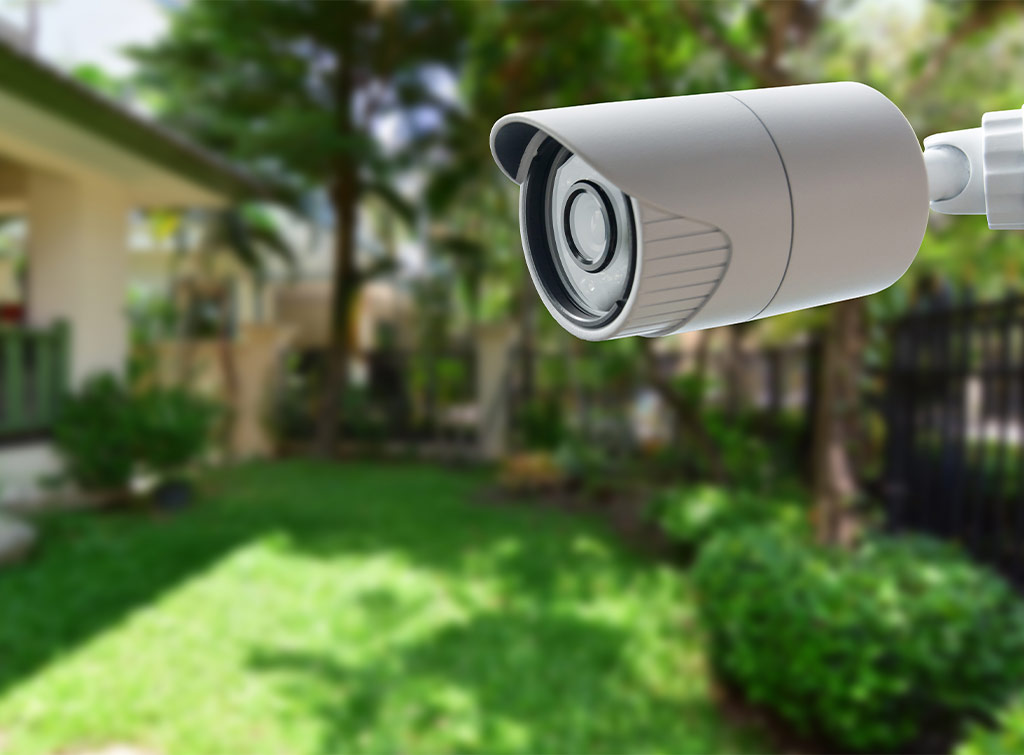Security cameras play a crucial role in safeguarding homes, businesses, and public spaces, offering a sense of security and peace of mind. However, before investing in a surveillance system, it’s essential to consider various factors to ensure you make an informed decision that aligns with your security needs and budget. In this guide, we delve into the essential factors to contemplate before installing security cameras, covering costs, placement, technology, and more.

Understanding the Costs Involved
Cost Considerations: Ensuring Affordability
When considering security cameras, cost is a significant factor. Expenses can vary widely based on factors such as the type of cameras, the number needed, installation fees, and ongoing maintenance costs. While it may be tempting to opt for the cheapest option, it’s crucial to balance affordability with quality and reliability to ensure long-term effectiveness.
Budget Allocation: Prioritizing Needs
Before making any purchases, assess your budget and determine how much you’re willing to invest in a security camera system. Consider prioritizing areas of your property that require the most surveillance, such as entry points, blind spots, or high-value assets. Allocating your budget strategically can help you maximize security coverage without overspending.
Cost-Effective Solutions: Exploring Options
Fortunately, advancements in technology have led to a wide range of cost-effective security camera solutions. From traditional wired systems to wireless and DIY options, there are choices available to suit various budgets and preferences. Researching different brands, features, and packages can help you find a solution that meets your security needs without breaking the bank.
Assessing Security Needs
Property Evaluation: Identifying Vulnerabilities
Before installing security cameras, conduct a thorough assessment of your property to identify potential security vulnerabilities. Consider factors such as the layout of your property, existing security measures, and any previous security incidents. This evaluation can help you determine the most effective placement for cameras and prioritize areas in need of enhanced surveillance.
Risk Analysis: Mitigating Threats
Once you’ve identified vulnerabilities, conduct a risk analysis to prioritize security threats and determine the level of surveillance required. Assess factors such as crime rates in your area, potential security breaches, and the value of assets at risk. This analysis can help you tailor your security camera system to address specific threats effectively.
Choosing the Right Technology
Camera Types: Selecting the Ideal Option
When choosing security cameras, consider the different types available and their respective features. Options include:
Analog Cameras:
Traditional cameras require a wired connection to a recording device.
IP Cameras:
Digital cameras that transmit data over an internet protocol network, offering high-resolution footage and remote access.
Wireless Cameras:
Cameras that operate wirelessly, are ideal for easy installation and flexibility in placement.
Evaluate your security needs and preferences to determine the most suitable camera type for your property. Must Read: The Best Smart Home Security Systems for 2024
Integration and Compatibility: Ensuring Seamless Operation
Ensure that the security cameras you choose are compatible with other security systems and devices you may have or plan to install, such as alarms or monitoring software. Integration can enhance the overall effectiveness of your security infrastructure and streamline monitoring and management processes.
Installation and Maintenance Considerations
Professional Installation vs. DIY: Weighing the Pros and Cons
Decide whether to hire a professional security company for installation or opt for a DIY approach. While professional installation ensures expertise and compliance with regulations, it may come at a higher cost. DIY installation offers flexibility and cost savings but requires technical knowledge and may pose compatibility and warranty issues.
Maintenance Requirements: Ensuring Long-Term Performance
Regular maintenance is essential to ensure the continued effectiveness of your security camera system. This includes tasks such as cleaning lenses, checking connections, and updating firmware and software. Consider ongoing maintenance costs and requirements when budgeting for your security system.
Conclusion
Investing in security cameras is a significant decision that requires careful consideration of various factors, including costs, security needs, technology, and installation requirements. By understanding these essential considerations and conducting thorough research, you can select and implement a security camera system that effectively protects your property and provides peace of mind for years to come.